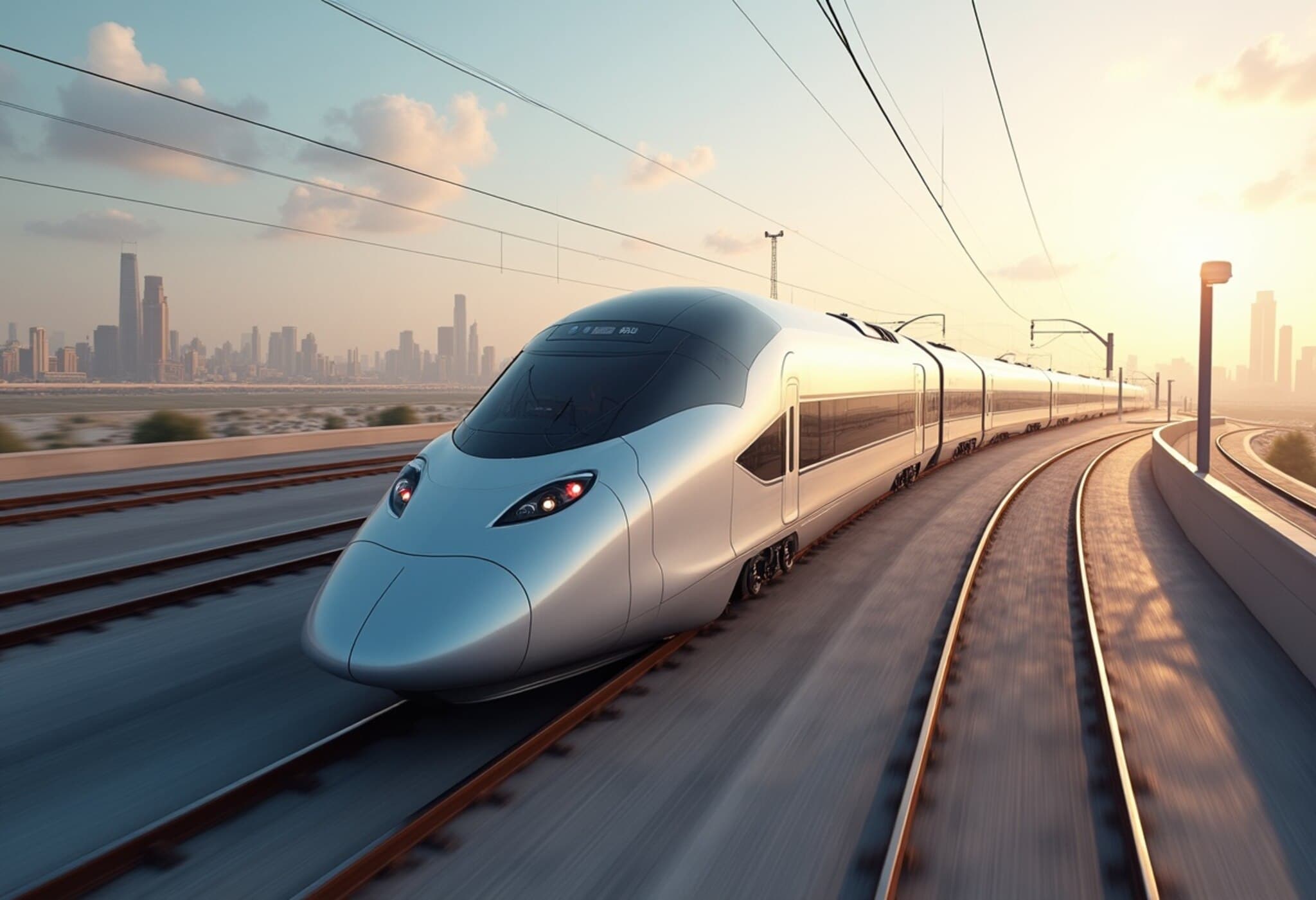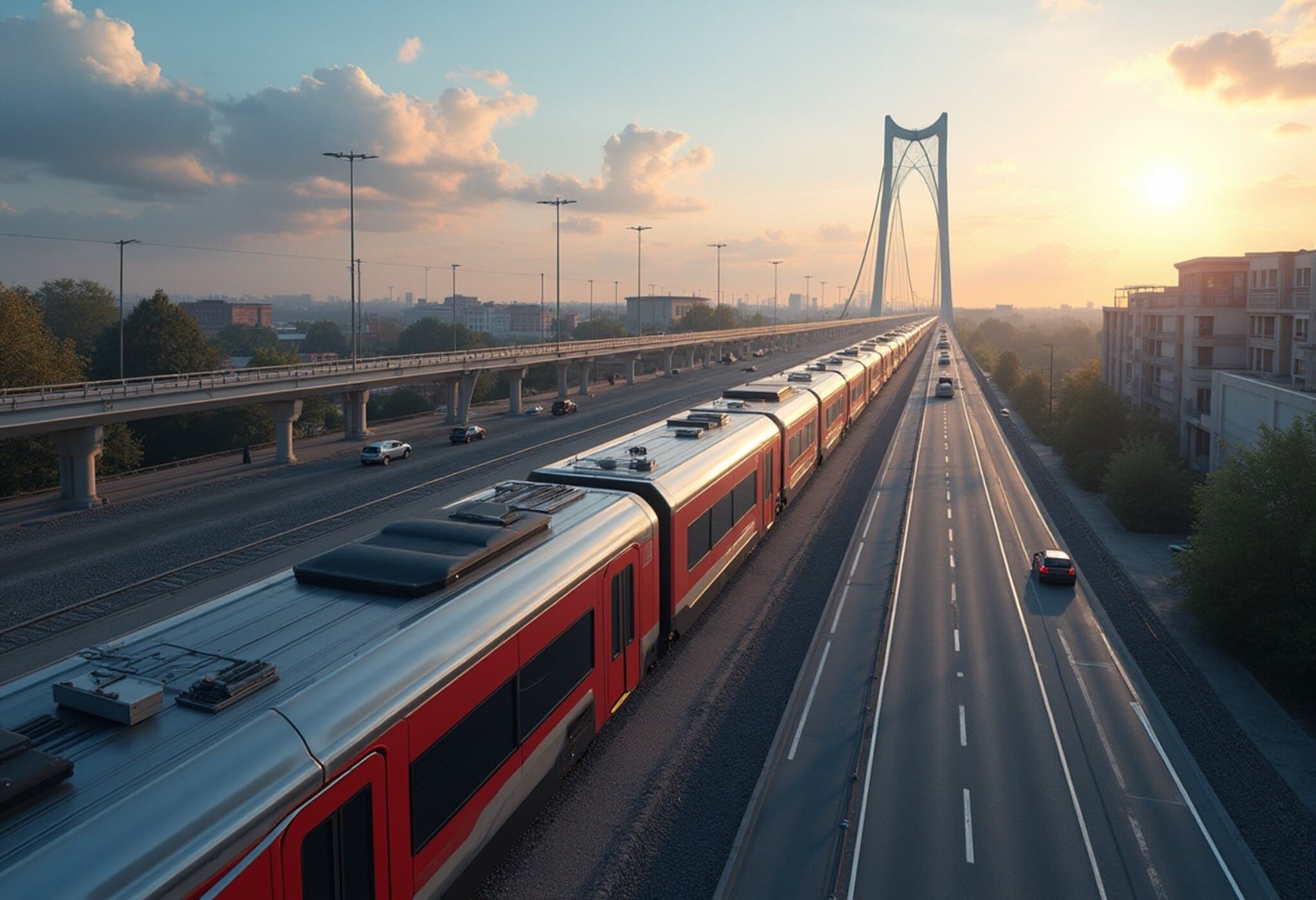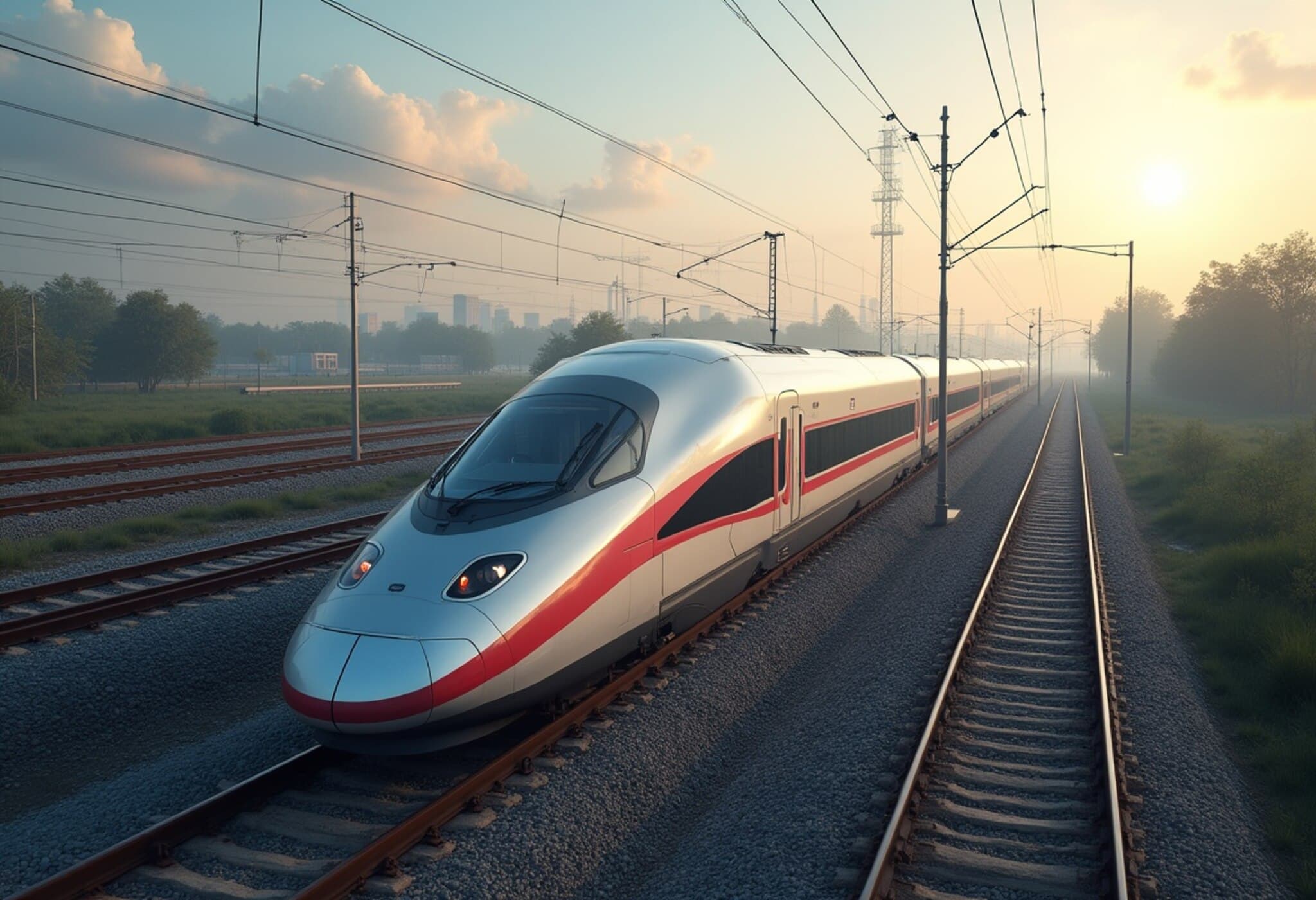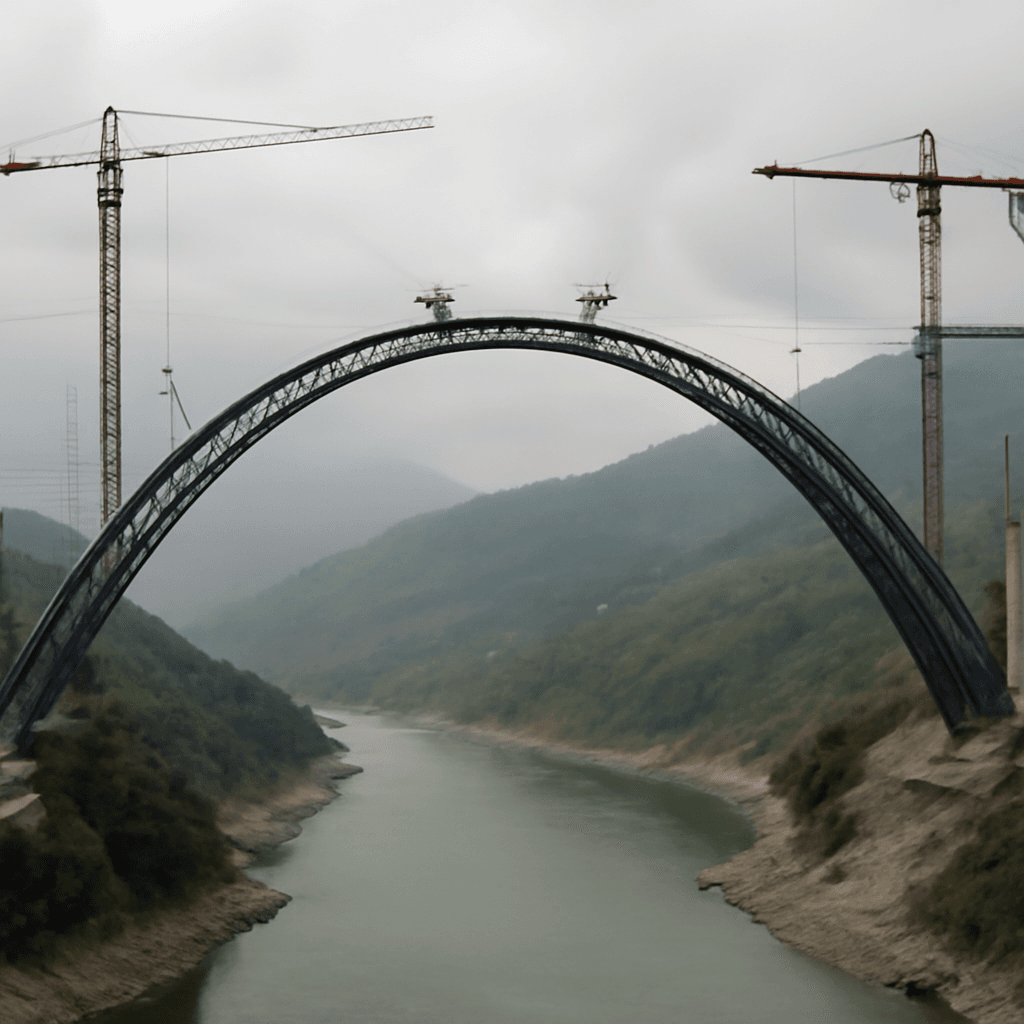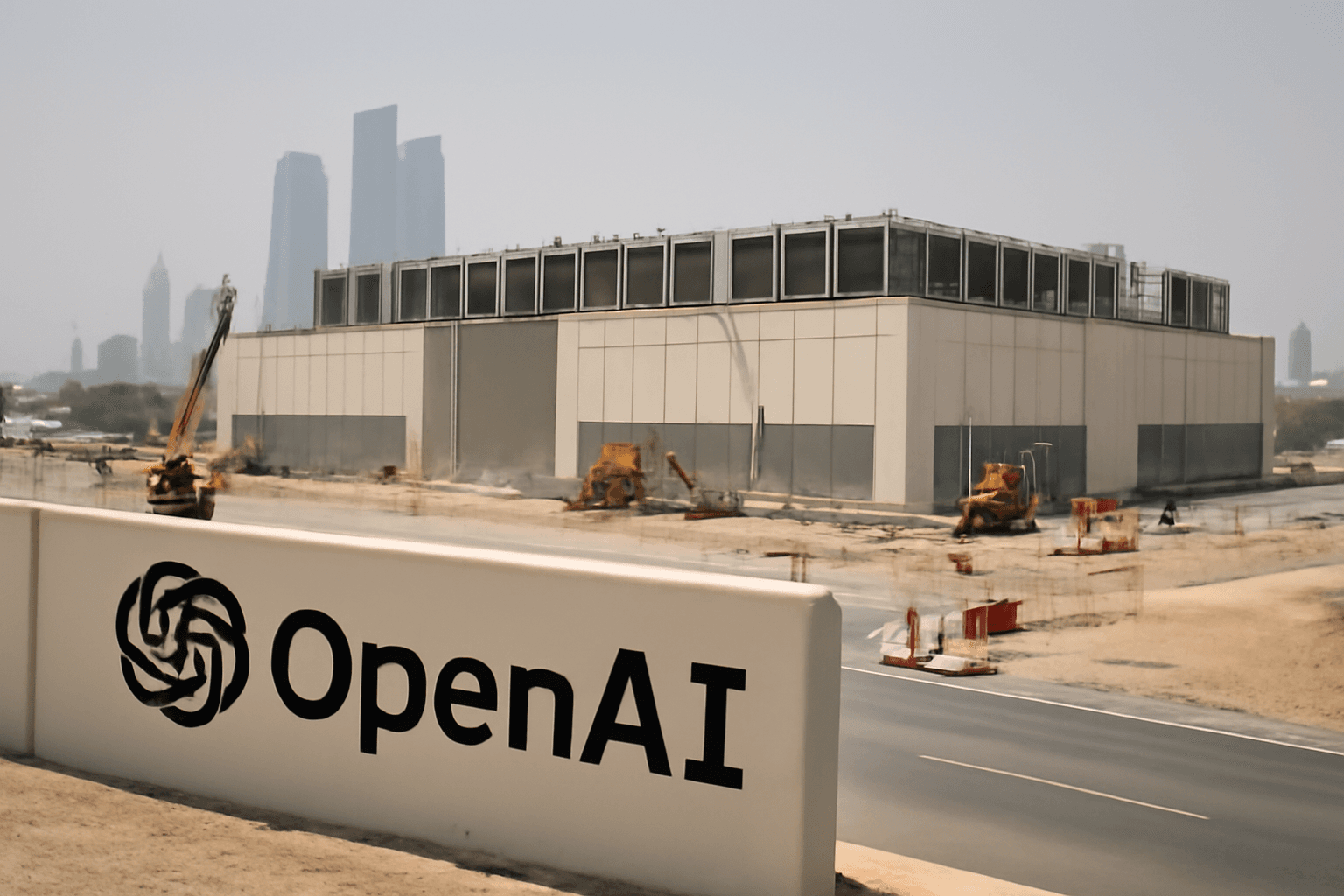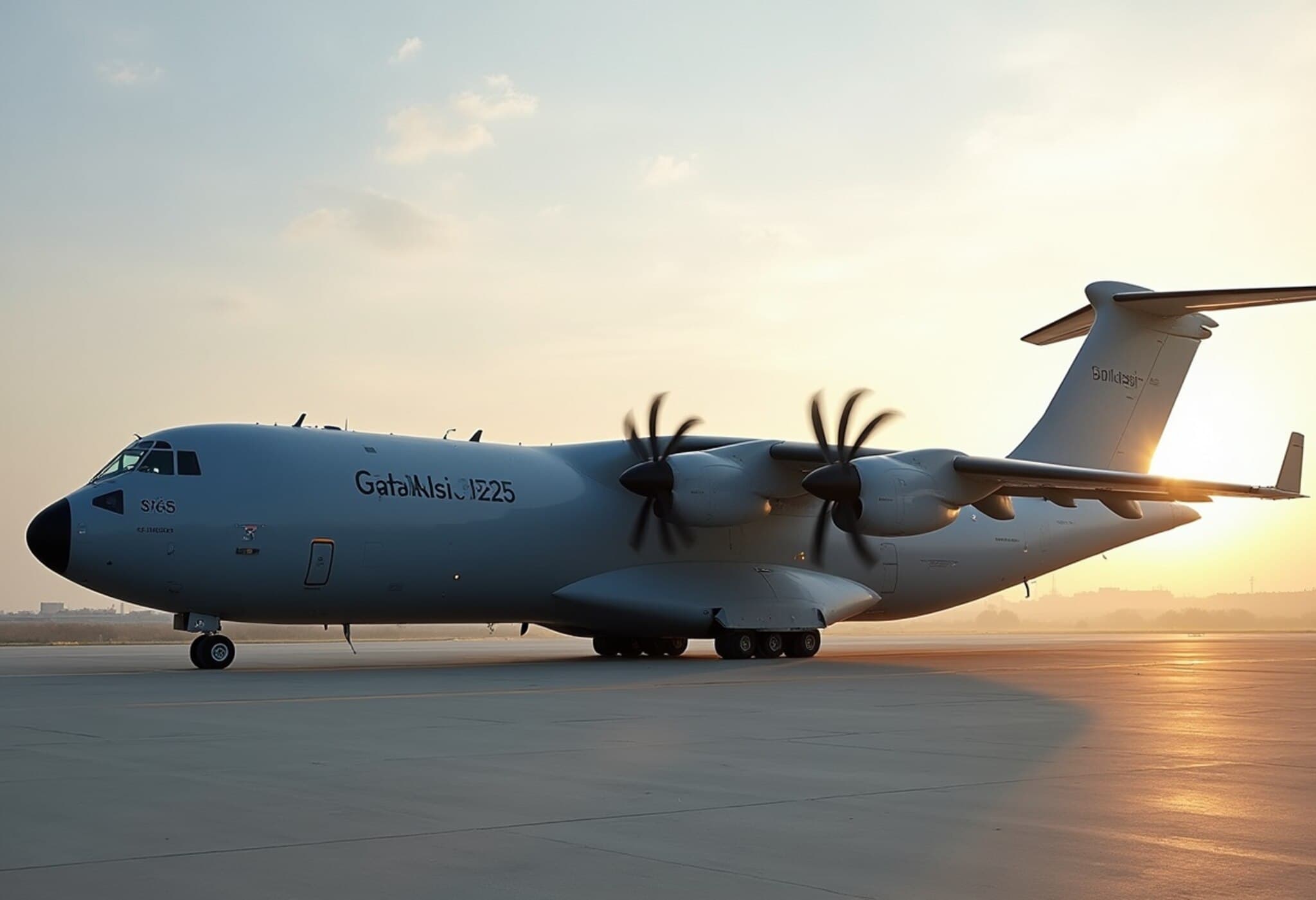Etihad Rail Set to Revolutionize Travel in the UAE with High-Speed Passenger Service in 2026
In a landmark development that promises to reshape the transportation landscape of the United Arab Emirates (UAE), Etihad Rail is gearing up to inaugurate a high-speed passenger train service by 2026. This pioneering project will seamlessly link 11 key cities and regions across the emirates, including major urban hubs such as Abu Dhabi, Dubai, Sharjah, and Fujairah.
Historic Progress and Government Endorsement
On August 2, 2025, His Highness Sheikh Mohammed bin Rashid Al Maktoum, Vice-President and Prime Minister of the UAE and Ruler of Dubai, personally reviewed the progress of the Etihad Rail project and embarked on a test journey connecting Dubai and Abu Dhabi. This move signals the UAE's robust commitment to enhancing national connectivity while reducing travel times dramatically.
The Dubai government highlighted this journey as a "historic milestone" marking a pivotal stage in developing the nation’s integrated railway network. The passenger service is anticipated to commence commercial operations in 2026, ushering in a new era of swift and sustainable travel.
Connectivity at Unprecedented Speed
Operating at speeds of up to 200 km/h, the train will slash travel times significantly. Passengers will be able to travel from:
- Abu Dhabi to Dubai in just 50 minutes
- Dubai to Fujairah also in 50 minutes
- Abu Dhabi to Fujairah in approximately 100 minutes
This speed and convenience position the Etihad Rail passenger train as a game-changer for daily commuters, tourists, and businesses across the region.
Ambitious Infrastructure Connecting 11 Cities
The railway network spans from Al Sila in Abu Dhabi to Fujairah, bridging diverse communities and fostering economic integration across the emirates. The initial phase includes four major passenger stations in Abu Dhabi, Dubai, Sharjah, and Fujairah, with plans to expand as demand grows.
Each train carriage will accommodate up to 400 passengers, with projections estimating an annual ridership of 36.5 million passengers by 2030. This scale of usage stands to relieve pressure on road traffic, cutting down carbon emissions and supporting the UAE’s ambitious sustainability goals.
Driving Towards Sustainability and National Unity
The UAE’s national railway underpins not only enhanced mobility but also echoes the country’s commitment to the Net Zero by 2050 initiative. By offering a high-capacity, low-emission alternative to vehicle travel, Etihad Rail aligns with broader environmental strategies seeking to curb pollution and foster eco-friendly infrastructure.
Moreover, the project embodies a spirit of unity, integrating disparate regions through advanced infrastructure—a modern symbol of the UAE’s vision for cohesive growth and future-ready development.
Expert Insight: Transforming UAE Transportation and Economy
From an economic perspective, the rail line is expected to stimulate regional commerce by improving freight and passenger logistics. The reduction in travel time can enhance labor mobility, tourism, and intra-national trade.
Transport analysts emphasize that Etihad Rail could lie at the heart of a multimodal transport network, linking air, road, and rail travel seamlessly. Such integration is vital for the UAE’s strategy to diversify its economy beyond oil, supporting sectors like tourism, retail, and technology hubs.
Additionally, the passenger train will provide a safer, less congested alternative to road travel, potentially reducing traffic accidents and infrastructure wear.
Looking Ahead: What This Means for Residents and Visitors
For residents, this development signals faster commutes and enhanced accessibility to workplaces, cultural sites, and leisure destinations. Tourists will benefit from greater ease of travel when exploring multiple emirates, unlocking new economic opportunities for hospitality and retail businesses.
As the UAE prepares for the commercial launch in 2026, stakeholders across public and private sectors are gearing up to maximize the benefits of this transport revolution.
Editor’s Note:
The Etihad Rail high-speed passenger train is more than just a transit project; it is a bold step towards a connected, efficient, and sustainable future for the UAE. It raises essential questions about the scalability of such infrastructure projects across the Gulf and their role in meeting environmental commitments.
As this ambitious vision unfolds, close attention should be paid to how the railway integrates with other modes of transport, balances rapid urbanization, and meets the mobility needs of a diverse population.
Will the Etihad Rail become a blueprint for similar infrastructure investments in the region? Only time will tell, but the stakes—and opportunities—are undeniably high.

